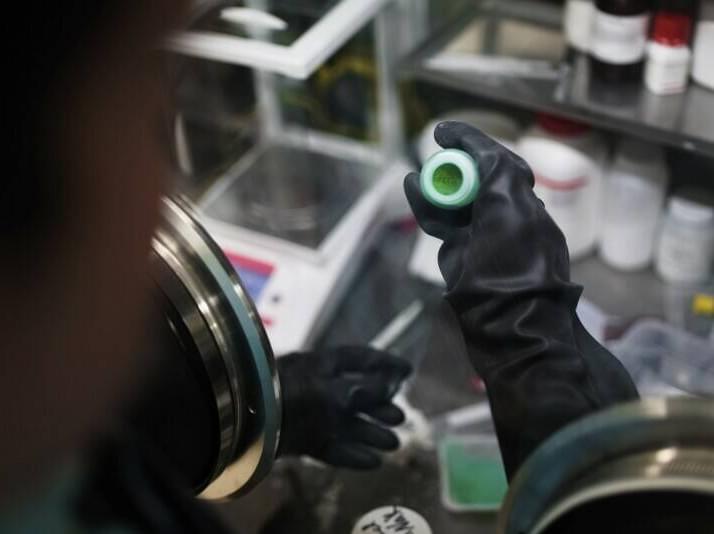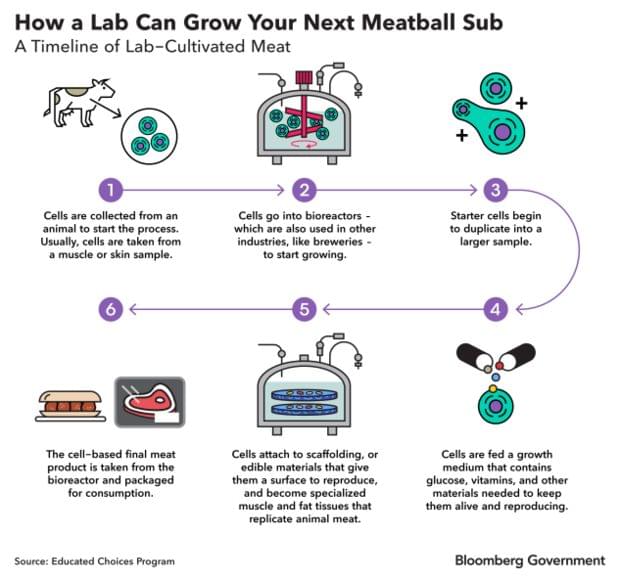Small, safer vessels could be ‘silicon chip’ that ushers in new nuclear age.


A workshop at UN General Assembly, organized in collaboration with the SRI Partner ACES Worldwide.
• Vidvus Beldavs-Energy Compacts — Implementation of Space Agenda 2030 — https://youtu.be/XQVHVkn3CiM?t=758
• Henk Rogers — The Hawaii — Space Exploration Analog and Simulation (Hi-SEAS) — https://youtu.be/XQVHVkn3CiM?t=1152
• Adriano V. Autino — How to make the 2030 SDGs sustainable — https://youtu.be/XQVHVkn3CiM?t=1781
• Kiran Gautam — Space science technology and sustainable civilian development — https://youtu.be/XQVHVkn3CiM?t=2481
• Pascale Ehrenfreund — Space exploration, an international endeavour — https://youtu.be/XQVHVkn3CiM?t=2955
• Agata Kptpdziejczyk — Analog missions for sustainable civilian development — https://youtu.be/XQVHVkn3CiM?t=3572
• Armin Wedler — AI-powered vehicles for humanitarian help deployment — https://youtu.be/XQVHVkn3CiM?t=4405
• Ioana-Roxana Perrier — Training the future space sceintists, engingineers and explorers — https://youtu.be/XQVHVkn3CiM?t=5461
• Serena Crotti — Space on Earth — Design of a trasnportable base for Space mission simulations on Earth — https://youtu.be/XQVHVkn3CiM?t=6333
• Bernard Foing — Space4All Researchers, Astronauts and Entrepreneurs — https://youtu.be/XQVHVkn3CiM?t=8738


Microsoft has revised its mitigation measures for the newly disclosed and actively exploited zero-day flaws in Exchange Server after it was found that they could be trivially bypassed.
The two vulnerabilities, tracked as CVE-2022–41040 and CVE-2022–41082, have been codenamed ProxyNotShell due to similarities to another set of flaws called ProxyShell, which the tech giant resolved last year.
In-the-wild attacks abusing the shortcomings have chained the two flaws to gain remote code execution on compromised servers with elevated privileges, leading to the deployment of web shells.



Avast has released a decryptor for variants of the Hades ransomware known as ‘MafiaWare666’, ‘Jcrypt’, ‘RIP Lmao’, and ‘BrutusptCrypt,’ allowing victims to recover their files for free.
The security company says it discovered a flaw in the encryption scheme of the Hades strain, allowing some of the variants to be unlocked. However, this may not apply to newer or unknown samples that use a different encryption system.
Utilizing Avast’s tool, victims of the supported ransomware variants can decrypt and access their files again without paying a ransom to the attackers, which ranges between $50 and $300. However, ransom demands reached tens of thousands in some cases.

Security researchers have found a new piece of malware targeting Microsoft SQL servers. Named Maggie, the backdoor has already infected hundreds of machines all over the world.
Maggie is controlled through SQL queries that instruct it to run commands and interact with files. Its capabilities extend to brute-forcing administrator logins to other Microsoft SQL servers and doubling as a bridge head into the server’s network environment.
The backdoor was discovered by German analysts Johann Aydinbas and Axel Wauer of the DCSO CyTec. Telemetry data shows that Maggie is more prevalent in South Korea, India, Vietnam, China, Russia, Thailand, Germany, and the United States.

Microsoft has updated the mitigations for the latest Exchange zero-day vulnerabilities tracked as CVE-2022–41040 and CVE-2022–41082, also referred to ProxyNotShell.
The initial recommendations were insufficient as researchers showed that they can be easily bypassed to allow new attacks exploiting the two bugs.
Unfortunately, the current recommendations are still not enough and the proposed mitigation can still allow ProxyNotShell attacks.

Companies creating lab-grown steak, chicken, and fish see a recent White House announcement as a signal that meat grown without animal slaughter is on the cusp of being legally sold and eaten in the US.
“We are laser focused on commercial-scale production, and for us, that means moving into competing with conventional meat products in scale,” said Eric Schulze, vice president of product and regulation at Upside Foods, a cultivated meat company, as the industry calls itself. The goal is to be selling its meat on the US market within the year.
The traditional meat and poultry industry reacted strongly to President Joe Biden’s executive order last month on biotechnology and biomanufacturing, which observers say could push federal agencies to allow commercial sales of meat grown from an animal’s cells.